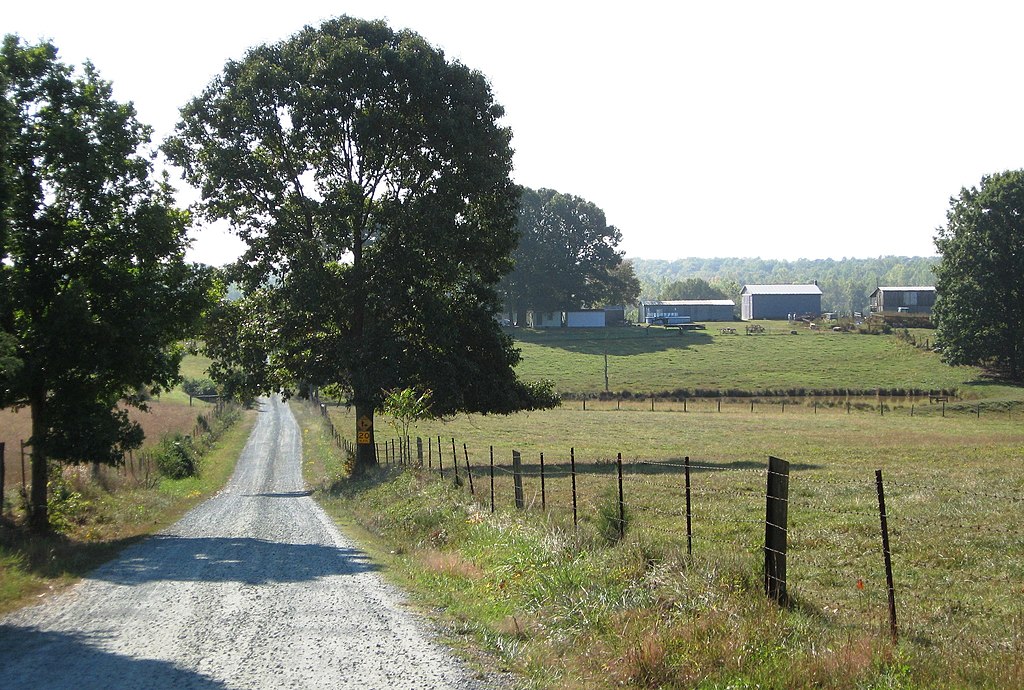Energy Burden Affects Low-Income and Minority Families and other news briefs
Energy Burden Affects Low-Income and Minority Families
Low-income, African-American, Latino and renter households spend a higher percentage of their household income on energy bills than the average household in the same cities, according to a study by the American Council for an Energy Efficient Economy and the Energy Efficiency for All coalition.
This high energy burden can be tied to less efficient housing and is most prominent in the Southeast and Midwest regions of the United States. The study suggests energy efficiency tactics that could help to remediate this discrepancy such as improving low-income utility programs and opting into the early credit options provided by the Clean Power Plan’s Clean Energy Incentive Program. — Hannah Petersen
Feds Seek Public Comment on Coal Leases
The U.S. Department of Interior is reviewing the federal coal leasing program to re-assess the health, environmental and financial impacts of mining and burning coal found on federally owned land.
Six public hearings will be heard across the country through June. On May 26, the southeastern hearing was held in Knoxville, Tenn. Concerned citizens, as well as environmental groups such as Appalachian Voices, attended this meeting.
“It’s time for a planned transition that will keep federal coal in the ground,” Bonnie Swinford from the Tennessee Chapter of the Sierra Club said in a press release.
Written comments can be submitted to DOI until July 28. For more information, visit tinyurl.com/CoalComment. — Elizabeth E. Payne
Ky. Utilities Seek Rate Increase for Coal Ash Cleanup
Kentucky Utilities Company and Louisville Gas and Electric are seeking permission from the Kentucky Public Services Commission to make customers supplement the cost for coal ash cleanup with increased rates. According to an article by the Public News Service, average monthly rates for KU consumers could increase $2.16 and $2.26 for LG&E consumers.
The revenue would go toward closing and capping the companies’ existing coal ash ponds, building new process water systems and controlling air emissions for the plants.
However conservationists believe the costs of coal pollution that have been ignored for several decades should be factored into the costs of production, not consumption. Information about rate increases can be found at psc.ky.gov. — Hannah Petersen
2016 Predicted to Show a Drop in US Coal Use
This year is predicted to see the largest decline in coal production since 1949, with the amount of coal produced in the Appalachian region forecasted to decline by 15 percent in 2016, according to the U.S. Energy Information Administration.
The EIA reports that consumption is also declining and, on average, stockpiles measured in February 2016 were 26 percent higher than those measured in 2015.
The agency states this decline in consumption and production is due to a mild winter and competition from the natural gas market. — Hannah Petersen
Obama Administration Nears Standards on Methane
Editor’s Note: Methane traps 25 times more heat than carbon dioxide, not 25 percent as appeared in our print edition. We regret this error.
On May 12, the U.S. Environmental Protection Agency took a step toward cutting methane emissions by 40 percent over the next ten years. Methane is a greenhouse gas that traps at least 25 times more heat than carbon dioxide.
A significant source of methane is natural gas. The new action requires the oil and natural gas industry to provide information needed before the EPA issues the final rules. The standards are expected to limit methane leaks from existing infrastructure and prevent leaks in new constructions, such as wells and pipelines.
With an eye on limiting climate change, the Obama administration is seeking to address a potent source of greenhouse gas with these measures. — Elizabeth E. Payne
Related Articles
Latest News

Leave a comment
Your email address will not be published. Required fields are marked *





Leave a Comment